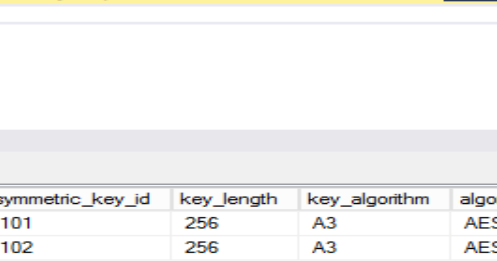
These are quite different from transactional database requirements. The analytical database can be specifically tuned for the analytical queries and Extract-Transform-Load (ETL) processing. Transactional databases are tuned for one specific application, and it's not productive to use these separate transactional databases for analytical queries that usually span more than one functional application. (By contrast, the analytical database is the warehouse for historical as well as current data.) The transactional database slows down further. not expressly approved by Brother Industries, Ltd. Historical data can't be purged from a transactional database, even if it's not required for current transaction processing, because you need it for analysis. P-touch Label Printer Is Not Found on the Network Even after Successful.

Transactional queries join several normalized tables and will be slow (as opposed to pre-joined, de-normalized analytical tables). The data in a transactional database is normalized for efficient updates. The analytical queries interfere with normal use of the transactional database, which is entering and managing individual transactions.

The reasons for not combining the two databases are:ĮTL is configured to maximize hardware resources, therefore the warehouse shouldn't share any resources with any other projects. The transactional database is structured as an online transaction processing (OLTP) database, whereas the Oracle Business Analytics Warehouse is structured as an online analytical processing (OLAP) database, each optimized for its own purpose. To avoid performance issues, don't put Oracle Business Analytics Warehouse in the same database as the transactional database.


 0 kommentar(er)
0 kommentar(er)
